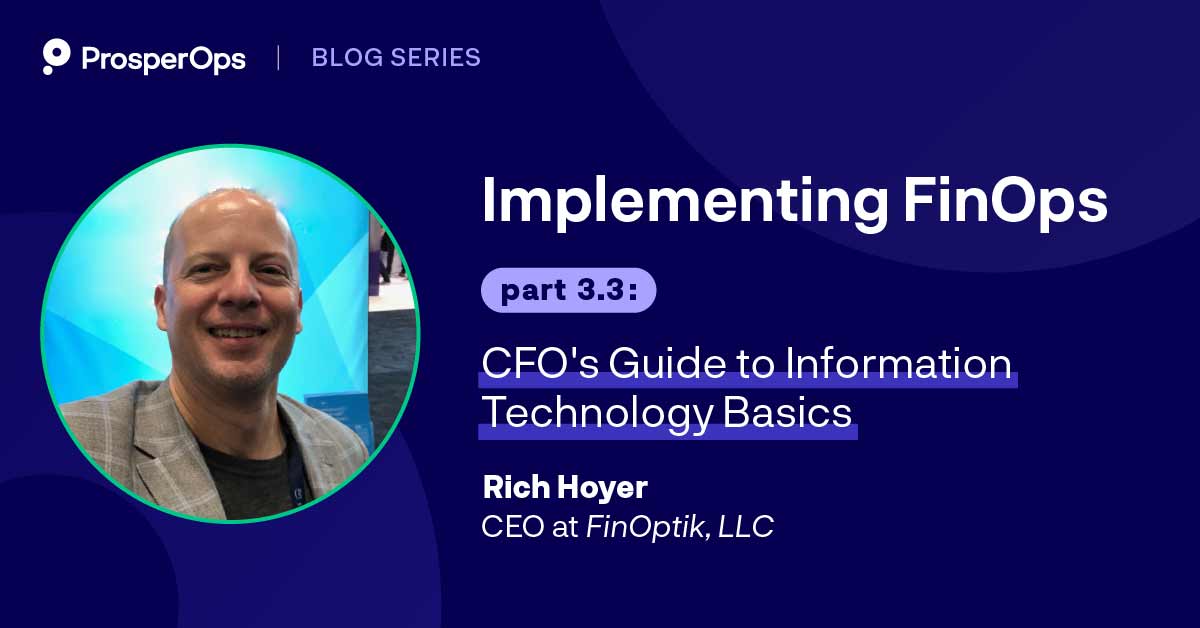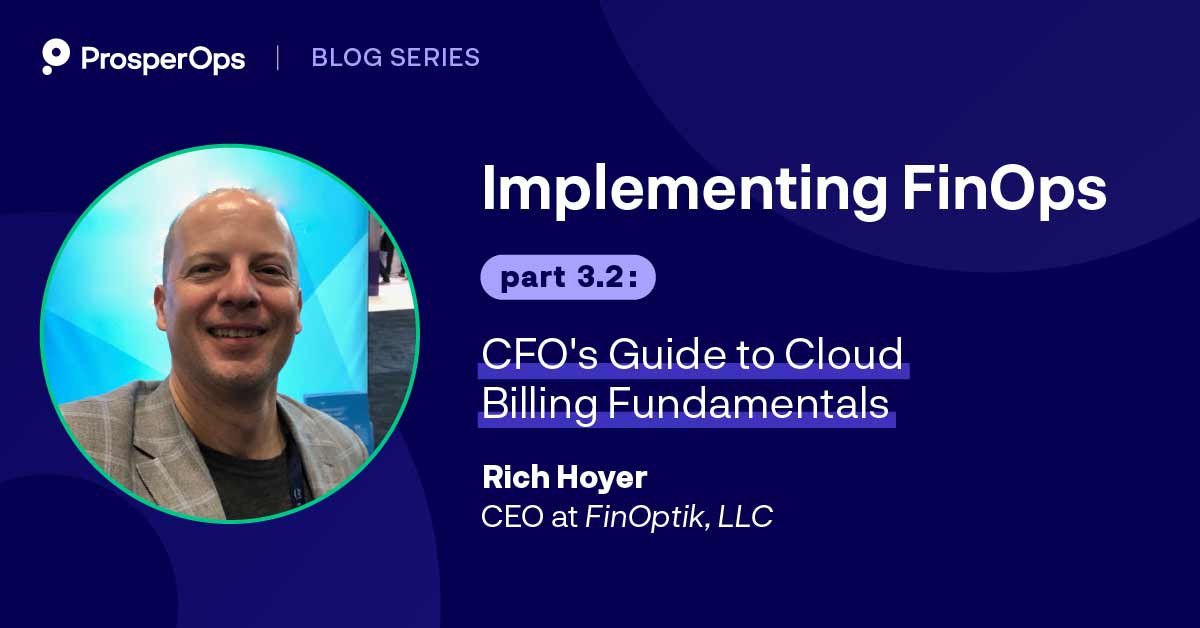In today’s tech environment, the line between software development and operations isn’t just blurred—it’s revolutionized. Enter DevOps: an approach reshaping the software production and delivery environment.
Organizations that fully harness DevOps potential through best practices elevate efficiency, streamline processes, and optimize costs.
In this article, we’ll cover 12 transformative DevOps strategies for smoother continuous deployments, reduced downtime, and sound financial metrics.
We’ll also include more benefits of DevOps and discuss its importance and application in successful software development projects.
Why is DevOps important?
DevOps is an integrated methodology merging software development and operations to enhance software delivery and continuous deployment. It fosters collaboration and uses advanced automated tools to accelerate product delivery, boost system reliability, and ensure businesses remain agile and competitive.
DevOps offers tangible financial benefits through:
- Communication and shared goals that lead to more efficient operations and significant cost savings
- Automation that streamlines repetitive tasks and frees up resources for innovative projects
- Agility that enables you to release software more frequently and with fewer failures
Beyond merging development and operations roles, DevOps promotes a synergistic environment where both disciplines understand each other’s challenges and collaborate effectively.
Benefits of implementing DevOps best practices
DevOps tools are vital to efficient software development processes and continuous deployment in digital transformation projects.
Here are seven benefits to consider:
Quicker development cycles
DevOps tools accelerate development cycles so organizations release capabilities faster and more effectively.
Faster development and rapid iteration mean reduced software development process costs and give DevOps teams the ability to identify and solve issues early.
Shorter development cycles also enable development teams to sidestep potentially expensive delays that surface from unresolved complications.
Improved communication
DevOps ensures continuous feedback between development and operations teams. Clear, concise communication ensures optimum use of resources, preventing wasted hours and fostering harmony between groups.
Enhanced system reliability
Reduced downtime translates directly to financial savings. Automation eliminates the human error component, ensuring systems remain robust and dependable.
More efficient resource utilization
Best practices such as Infrastructure as Code (IaC) have revolutionized resource use, making their application more cost-effective. This practice also facilitates scalability and right-sizing, ensuring precise resource allocation to eliminate waste.
Better risk management
DevOps is proactive, not reactive. When incidents occur, post-incident analysis sheds light on vulnerabilities to patch, sidestepping future expenses.
Auditable code changes and history
Automated tools such as code branch and merge logs create a clear, auditable history of code alterations. This history is good for visibility and enables you to back out or revert bad code cleanly. Such traceability can prevent costly errors, facilitate collaboration, and avoid repeating mistakes.
Cross-system integration
A well-orchestrated DevOps pipeline integrates with various business systems, including
- Customer support
- Internal bug and enhancement tracking
- Information security (infosec)
- Application security (appsec)
- Linting
- Versioning
- Logging/monitoring/alerting.
This continuous feedback enables you to expedite data transfer, reduce redundancy, broaden functionality, and eliminate bottlenecks.
12 DevOps best practices to enhance your operations
The use of DevOps is becoming nearly universal among software developers. And yet, wide performance disparities exist between teams, according to the 2022 State of DevOps Report, DevOps Research and Assessment (DORA). We’ll refer to their findings ahead.
Every engineering decision in the cloud is inherently also a purchasing decision. DevOps engineers need to be conscious of this reality to coordinate with finance, leadership, and business to ensure they are extracting business value from their cloud deployments.
1. Continuous integration and delivery (CI and CD)
Continuous Integration (CI) consolidates code changes, spotting early errors through automation. Continuous Delivery (CD) pushes vetted code automatically, hastening market releases.
Together, they ensure smooth transitions and reduce deployment bottlenecks. This streamlined approach leads to tangible cost savings and efficiency.
2. Post-incident analysis
Incidents present learning opportunities. Analyzing root causes reveals vulnerabilities. Addressing them head-on minimizes future disruptions and financial fallout.
DevOps methodology emphasizes risk mitigation. Through post-incident evaluations and continuous feedback, DevOps tools create observability and encourage a culture that views challenges as growth opportunities, reinforces system resilience, and fosters long-term financial efficiency.
3. Infrastructure as code (IaC)
Infrastructure as Code (IaC) turns infrastructure configuration management into software code, providing operational and cost advantages.
IaC offers a streamlined approach to infrastructure provisioning. It replaces old-school manual methods and allows organizations to ensure consistent and repeatable continuous deployment setups. This approach significantly reduces the chance of human mistakes, which have historically led to costly errors.
Moreover, IaC makes infrastructure version-controlled, allowing it to mesh seamlessly with existing CI/CD pipelines. The ability to sidestep potential delays and speed up continuous deployment bolsters productivity and aligns infrastructure with project management goals.
Performance statistic: High-performing DevOps teams deploy code 200 times more frequently and achieve 50% faster mean time to repair (MTTR) than low-performing teams.
4. Containerization
Containerization has become a standard tool in the DevOps pipeline for chunking large workloads, workflows, and code blocks.
A few benefits of containerization include:
- Uniformity: Containerization encapsulates applications and their dependencies into distinct containers, ensuring a consistent deployment experience across various environments.
- Efficiency: Unlike traditional virtualization, where each application needs its own OS instance, containers share the host system’s OS yet maintain isolation. This efficient design lets businesses maximize their infrastructure investments by running multiple applications on the same hardware.
- Scalability: Containers offer the flexibility to scale dynamically. Containers can enlarge or downsize based on changing traffic or application needs. This adaptability ensures applications run smoothly and cost-effectively without wasting resources on over-provisioning.
5. Automated testing
Automated performance testing streamlines observability while maintaining software deployment quality, accelerating time-to-market, and achieving cost optimization.
Some of the benefits of automated testing include:
- Ensuring code quality: The risk of bugs infiltrating the production environment diminishes by employing a thorough mix of tests on each code modification. Early detection and continuous feedback prevent potentially pricey mistakes, safeguarding against downstream fallout.
- Accelerating the development cycle: Manual unit tests are comprehensive but slow, often stalling the software development life cycle (SDLC). Automated testing offers speedy, uniform code verification. Free from manual test redundancy, development teams can hone unit test workflow scenarios and work on preemptive strategies to streamline development.
- Preventing costly production issues: Application disruptions can equate to revenue losses, escalated costs, or brand harm. With automated performance testing metrics, code undergoes strict examination pre-production.
Performance statistic: High-performing DevOps teams have 60% lower failure rates than low-performing teams.
6. Version control
Version control helps preempt version conflicts by meticulously logging each code change. The methodology flags overlapping modifications, reducing the risk of application disruptions from code inconsistencies.
More than just a tracking mechanism, version control defends against the time and financial drain of reworking project errors.
Version control uses a centralized repository to ensure seamless code access and updates for developers. This system’s clear history aids in understanding modifications, their originators, and motivations — thereby creating observability, fostering better team communication, and reducing time lost to untracked changes.
7. Orchestration
Orchestration tools ensure deployment and scaling procedures occur seamlessly and efficiently.
One essential tool is Kubernetes, a prime orchestration tool for handling container deployment, scaling, and project management. Its strengths include:
- Reducing downtime by automatically redeploying failed containers
- Adapting to fluctuating demand
- Introducing phased updates
Kubernetes allocates resources based on actual demands for optimal performance. This refined resource management enables system efficiency and translates into substantial cost savings, ensuring organizations pay only for the resources they genuinely need.
8. Security as code
This methodology emphasizes embedding security principles, metrics, and checks into the software development pipeline to foster observability. Benefits of this methodology include:
- Early intervention: Instead of dealing with vulnerabilities as a last-minute scramble, code is consistently evaluated for threats as it’s developed. This forward-thinking approach allows DevOps teams to spot and address potential vulnerabilities early, minimizing the risk of costly breaches later.
- Merging security and FinOps: Security as Code aligns seamlessly with FinOps principles, emphasizing cost transparency and optimization. By identifying and resolving security concerns upfront, businesses can avert the high costs associated with data breaches or regulatory fines.
- Financial control: Automating security processes results in predictable expenditures and allows for more intelligent budgeting and resource allocation. This proactive approach safeguards assets and underscores the FinOps objective of achieving maximum business value at minimal cost.
9. Microservices architecture
Microservices architecture is at the heart of modern application design. It ensures each service can scale based on demand, optimizing resource allocation and controlling costs through modular design principles.
Both agile and efficient, microservices architecture allows developers to write individual services in different languages or frameworks and then deploy them independently.
Microservices architecture also guards against a single point of failure, ensuring hiccups in one service don’t ripple through the entire system and updates or fixes to a specific service maintain the entirety of the application.
10. Automated deployments
Automating the deployment process reduces the risks of manual interventions, resulting in fewer errors, greater consistency, and uniformity across releases.
For example, a linter tool automatically analyzes code for potential errors, violations of coding standards, or stylistic inconsistencies. Linters do this without executing the code, making them an essential part of the early code review process.
Automated deployments also accelerate release cycles. Deployments transform from daunting tasks into predictable, rapid actions.
11. Versioning and release management
Versioning is like a series of safety nets, ensuring that slips don’t become catastrophic falls. Unique identifiers assigned to different stages of software delivery create a clear record of all changes. If an issue arises, DevOps teams can quickly identify when it started and revert to a previously stable state.
Release management orchestrates how dev teams roll out updates. Instead of haphazardly introducing changes, release management strategizes each deployment, assessing potential risks and ensuring all stakeholders are informed.
Combining versioning and release management provides controlled, informed, and optimized deployment strategies through continuous feedback.
12. Cross-functional development teams
Diversity in skill sets spurs innovative problem-solving. DevOps team members can tackle bottlenecks more effectively by pooling collective knowledge and creativity.
Cross-functional teams optimize resource allocation, ensuring no duplication of efforts and that expertise matches challenges.
Financially, this collaboration results in lower overheads, quicker market entry, and better product quality metrics. Additionally, joint decision-making often considers a broader range of factors, producing more comprehensive outcomes.
Performance statistic: High-performing DevOps teams report 22% higher customer satisfaction than low-performing teams. DORA
Enhancing your operation’s success with ProsperOps
Organizations streamline processes, reduce costly errors, and optimize resources by adopting DevOps best practices — from Infrastructure as Code to fostering cross-functional teams.
ProsperOps skyrockets DevOps team performance by optimizing the cost-efficiency of your cloud applications, workflows, and data storage.
Are you ready to experience high-performance DevOps? Discover the real-world application of these principles. Book a ProsperOps demo today.




